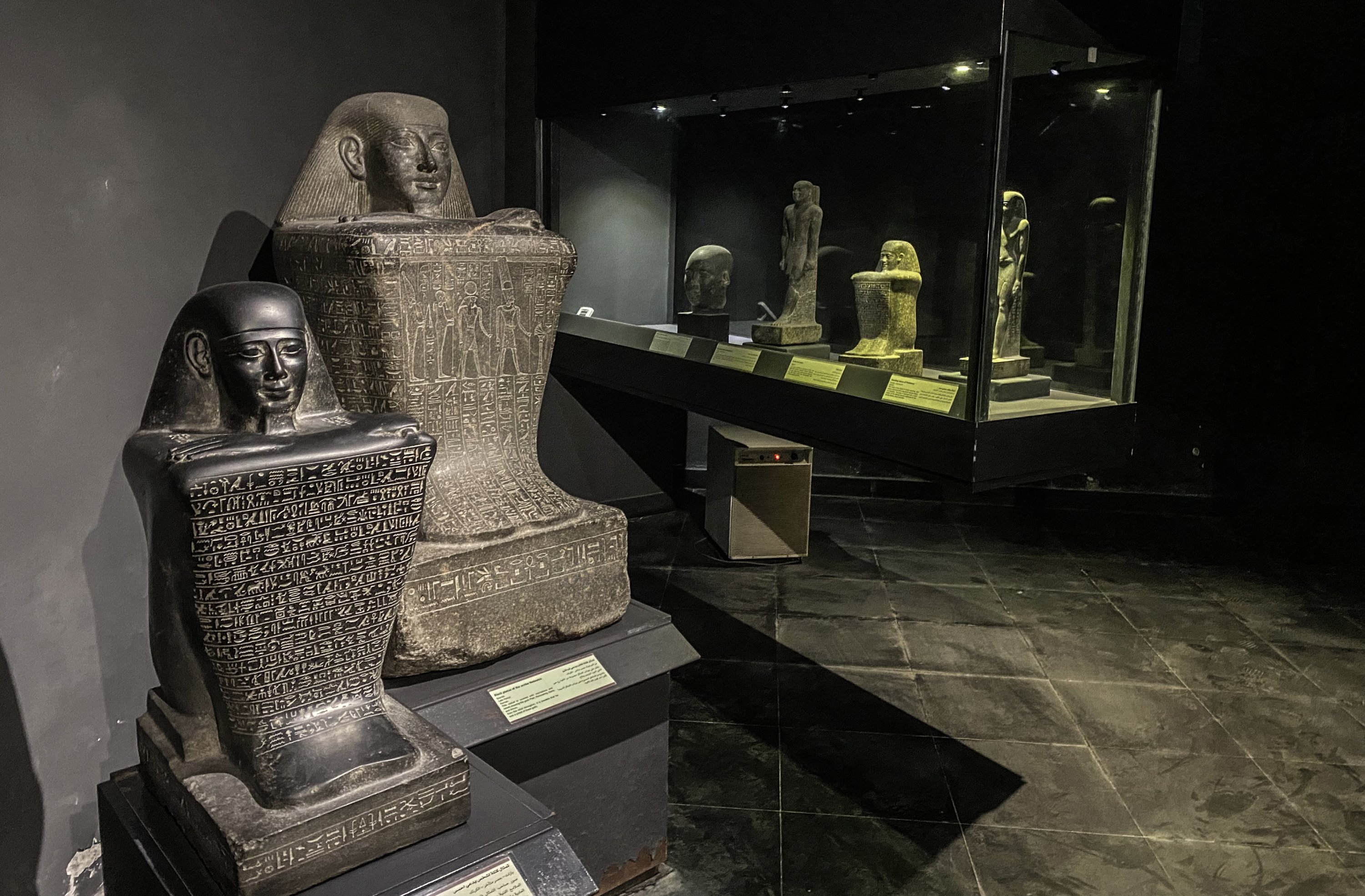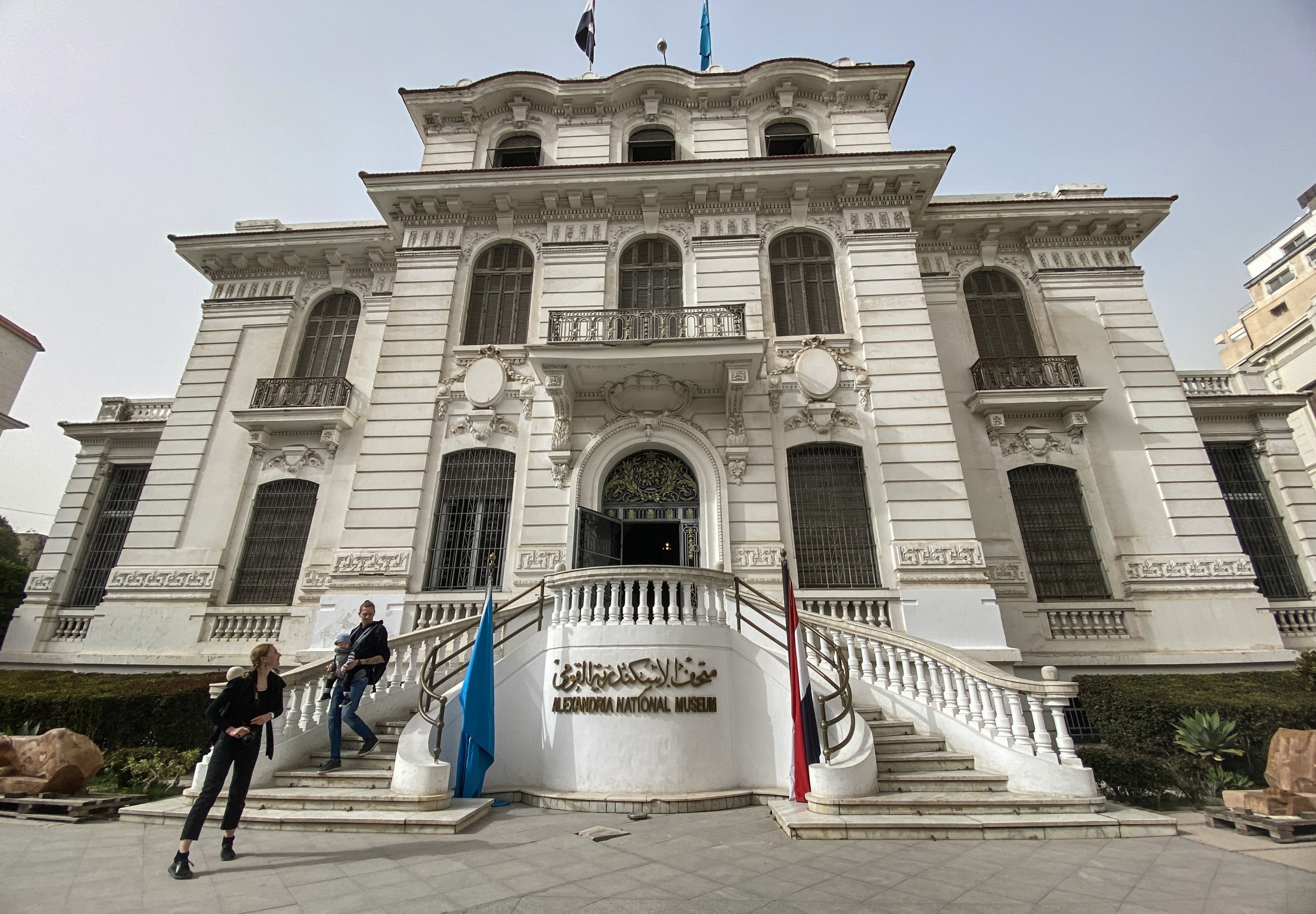© Turkuvaz Haberleşme ve Yayıncılık 2024
With approximately 1,600 rare historical artifacts from ancient regional dynasties, empires and the Islamic period, the Alexandria National Museum in Egypt is a destination that millions of people visit every year to observe the historical facts of the region.
Among the artifacts are statues of kings belonging to the Pharaonic Dynasties of ancient Egypt, the head of the statue of Alexander the Great, statues of some Roman emperors, as well as dozens of works reflecting the culture and art of the country.
In one part of the museum, historical artifacts unearthed from the ancient sunken city buried underwater for centuries just off the coast of Alexandria are also presented to visitors.

Speaking to Anadolu Agency (AA), one of the museum officials, Nermin Mustafa, said: "Some of the artifacts unearthed from the ancient sunken cities of Canopus and Heracleion in Abu Qir Bay are here. There are also some coins from ancient times and statues unearthed from the sunken city in the museum."
Mustafa is astonished by the museum and said that every person visiting so far has had the same feeling. His favorite artifacts are from the Islamic period. "The museum also includes works made of metal, glass and porcelain dating back to various Islamic periods," he said.
Muhammed Ömer, one of the museum visitors, said that he came to see the architectural structure with his own eyes, as well as the valuable and beautiful works in the museum.

Stating that what he saw in the museum impressed him a lot, Ömer said, "The museum gains the appreciation of its visitors due to its architectural structure."
"This building was commissioned by an Italian architect for a wealthy merchant from Alexandria. Therefore, the architectural structure of the museum is also a very nice detail. It has an architectural beauty that stands out among other buildings."
The building was built by the Italian architect Victor Arlinger about a century ago upon demands by Esat Pasha Basili, a leading wealthy merchant of Alexandria.
The rare building, which was used as a residence by Basili, the owner of the mansion until 1954, was bought by the U.S. and used as a consulate for many years.
The Egyptian Ministry of Tourism and Historical Artifacts purchased the building in 1996 and turned it into a museum on Aug. 31, 2003, after renovation.
